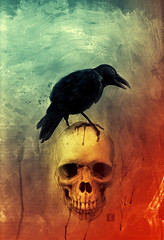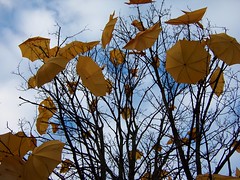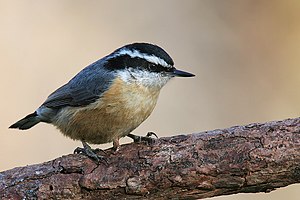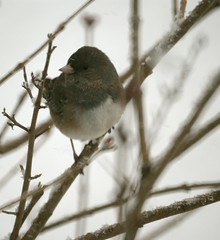 Image by Ben Templesmith via Flickr
Image by Ben Templesmith via FlickrThe only conclusion that I can come to is because a lot of these black colored birds are clever enough to out smart people. Crows, Grackles, and Starlings are very intelligent birds and tend to work together in family groups to get what they want and what they want is a lot of food generally.
When they go after birdseed we’ve designated for Cardinals only there is always a problem. They can empty a feeder in a day and a suet feeder in minutes. But that doesn’t mean they are any less deserving.
 I wonder if they were brilliant red or indigo blue if they would be more loved or excused of their “bad habits"? Most of the black colored birds aren’t beautiful songster either, but they can learn to imitate human speech. Although that didn't help the image of the bird in Edgar Allen Poe's poem "The Raven".
I wonder if they were brilliant red or indigo blue if they would be more loved or excused of their “bad habits"? Most of the black colored birds aren’t beautiful songster either, but they can learn to imitate human speech. Although that didn't help the image of the bird in Edgar Allen Poe's poem "The Raven". Most blackbirds are also good scavengers and clean up many road kills or garbage littering the roads. In the fall you can watch them gather in large roosts. This sometimes includes millions of birds that blanket groups of trees or fly in intricate patterns across the sky.
Now that Halloween has passed lets look again at our black feathered friends and see if we can find something nice to say about the much maligned black birds.







.jpg)
.jpg)

































.jpg)




